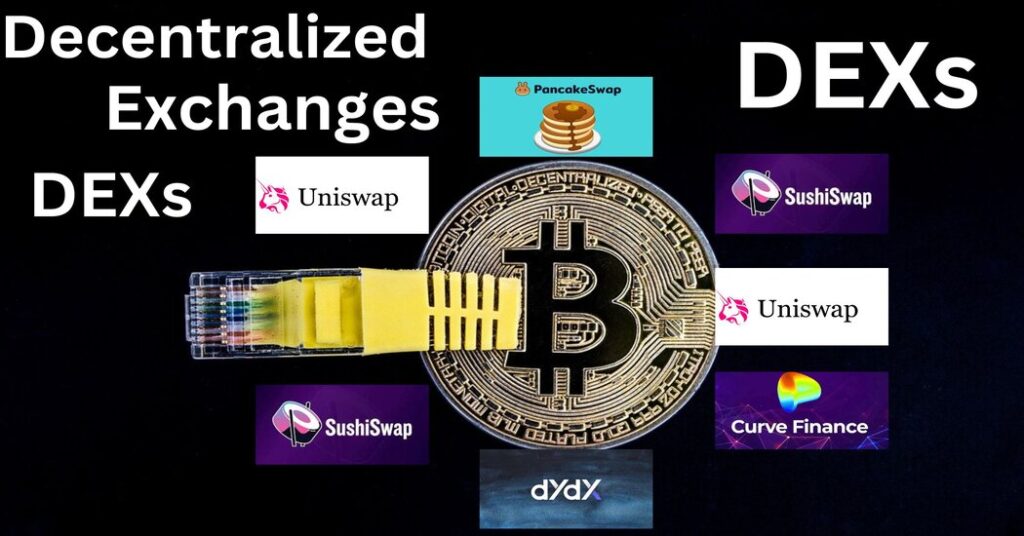Blockchains, the revolutionary technology underpinning cryptocurrencies and decentralized applications (dApps), face a significant challenge: scalability. As the number of users and transactions on a blockchain network surges, processing times slow down, and transaction fees can skyrocket. This is where Layer 1 and Layer 2 solutions come into play.
Layer 1: The Foundation of Blockchain
Think of Layer 1 as the core blockchain itself. It’s the main ledger where all transactions are recorded and secured by the network’s consensus mechanism (like Proof-of-Work or Proof-of-Stake). Popular Layer 1 blockchains include Bitcoin, Ethereum, and Litecoin.
Scaling Challenges of Layer 1:
- Limited Transaction Throughput: Blockchains can only process a specific number of transactions per second. This capacity gets overwhelmed as user adoption grows.
- Security vs. Speed: Enhancing transaction processing speed on Layer 1 can sometimes come at the expense of security, a core tenet of blockchains.
- Limited Functionality: Base layer protocols may not have the built-in features to support complex dApps.

Layer 2: The Scalability Savior
Layer 2 protocols act as an additional layer built on top of the Layer 1 blockchain. They process transactions off-chain, alleviating the burden on the main network. This fosters faster transaction speeds and lower fees, making blockchain technology more accessible and efficient.
Common Layer 2 Scaling Solutions:
- State Channels: Two parties agree on the current state of a transaction and only broadcast the final outcome to the Layer 1 chain.
- Plasma Chains: These are sidechains that inherit security from the main chain but can process transactions independently.
- Rollups: Transactions are bundled together off-chain, with only the final results and cryptographic proofs submitted to the Layer 1 blockchain.

Benefits of Layer 2:
- Faster Transactions: By processing transactions off-chain, Layer 2 solutions significantly improve transaction speed.
- Lower Fees: Reduced strain on the main network translates to lower transaction fees for users.
- Increased Scalability: Layer 2 protocols enable blockchains to handle a much higher volume of transactions.
READ ABOUT TOP MEME COINS: Meme Coins: Doge vs. Shiba vs. the Rest: The Battle of the Meme Coins in 2024
Top 10 Altcoins to Watch in April 2024: Supply, Price Predictions, and Buying Guide
Trade-offs to Consider:
- Security: Since some transactions occur off-chain, Layer 2 solutions may inherit a slightly lower security profile compared to Layer 1.
- Decentralization: The level of decentralization can vary depending on the specific Layer 2 protocol.
- Interoperability: Seamless interaction between different Layer 2 solutions is still under development.
The Future of Layer 1 and Layer 2
BThe ideal scenario involves a collaborative approach where Layer 1 blockchains focus on security and decentralization, while Layer 2 solutions handle scalability and cater to specific use cases. Ongoing research and development aim to improve security and interoperability between Layer 1 and Layer 2, paving the way for a more efficient and scalable blockchain ecosystem.
By understanding Layer 1 and Layer 2, you gain valuable insight into the inner workings of blockchains and their potential for the future.
Which is more secure, layer 1 or layer 2?
Generally, layer 1 is considered more secure because it benefits from the full security of the underlying blockchain. However, some layer 2 solutions might introduce additional security risks depending on their design.
What’s the future of blockchain scaling?
The best approach will likely involve a combination of layer 1 and layer 2 solutions. Layer 1 can focus on core security and decentralization, while layer 2 handles everyday transactions efficiently.
What’s the difference between layer 1 and layer 2 blockchains?
Layer 1 is the main blockchain protocol, like Bitcoin or Ethereum. Layer 2 builds on top of layer 1 to handle transactions more efficiently.
